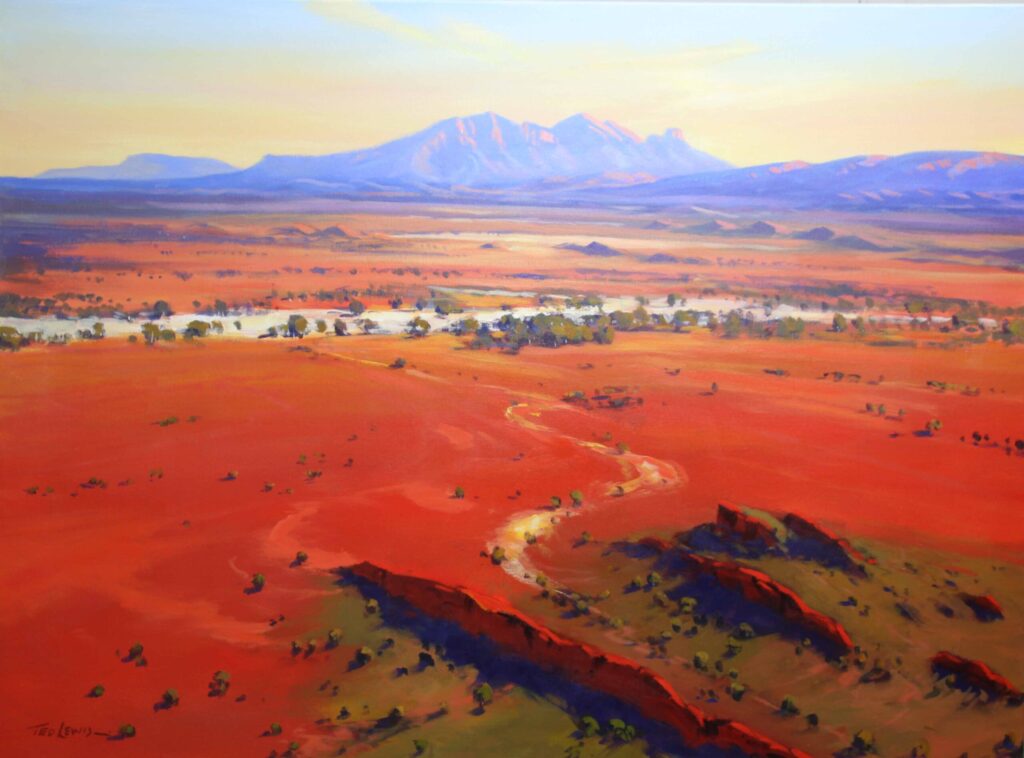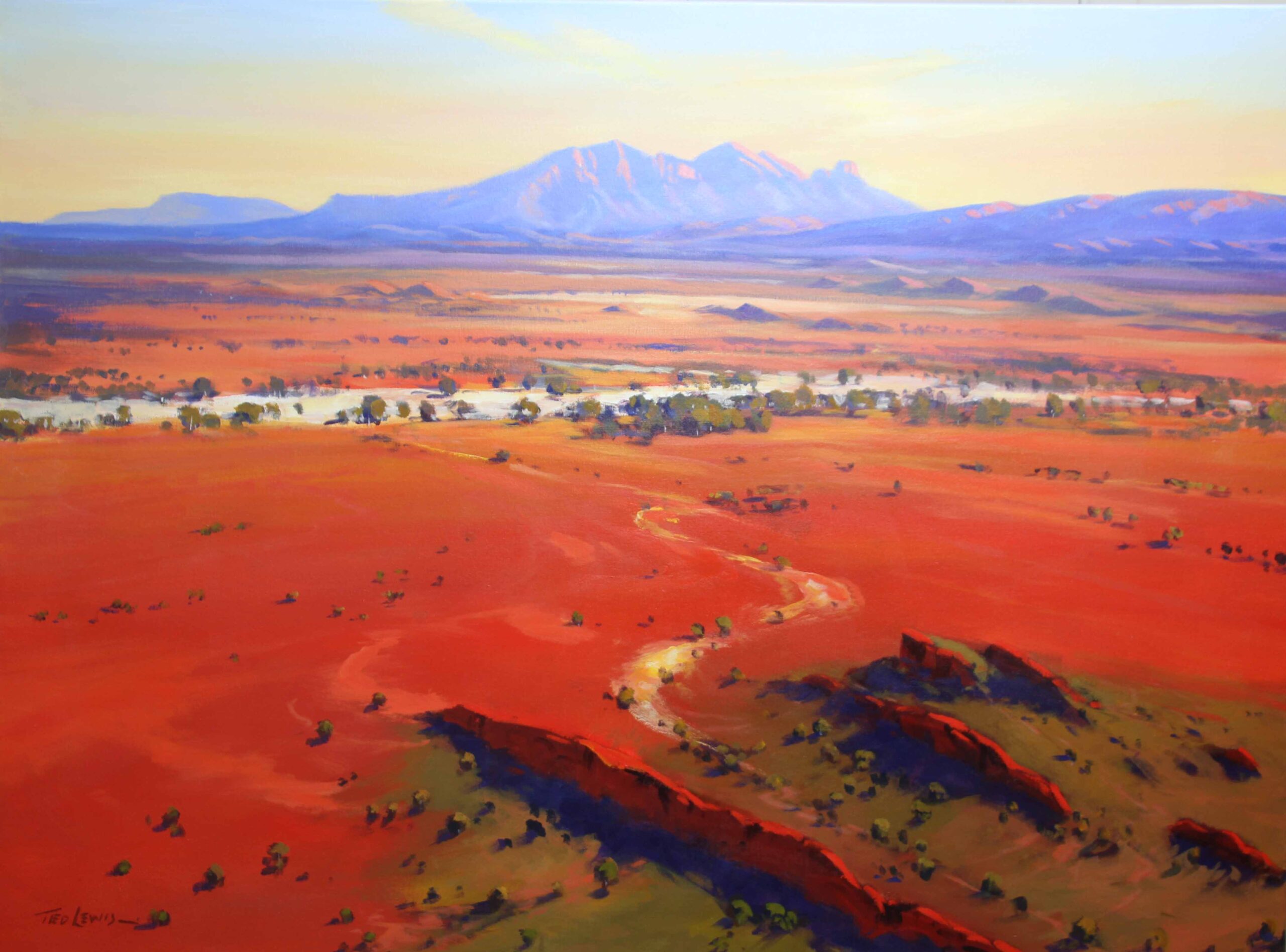
Exploring the Majestic Outback Landscape: A Comprehensive Guide
The Australian outback landscape is an iconic symbol of the continent, evoking images of vast, arid plains, rugged mountain ranges, and seemingly endless horizons. This remote and sparsely populated region is not only a geographical marvel but also a cultural and ecological treasure trove. Understanding the outback landscape requires delving into its geology, climate, flora, fauna, and the human history that has shaped its present form. This guide aims to provide a comprehensive overview of the outback landscape, offering insights into its diverse features and the challenges it faces.
Geological Foundations of the Outback
The geological history of the Australian outback stretches back billions of years. Much of the outback’s bedrock is composed of ancient Precambrian rocks, some of the oldest on Earth. These rocks, formed under immense pressure and heat, provide the foundation for the landscape’s distinctive features. Over time, weathering and erosion have sculpted these rocks into the mesas, canyons, and plateaus that characterize many parts of the outback.
The Great Artesian Basin, one of the world’s largest underground water reservoirs, lies beneath a significant portion of the outback. This basin is a crucial source of water for many outback communities and ecosystems. The water, often accessed through bores, has played a vital role in enabling human settlement and supporting native flora and fauna in this arid environment.
Landforms and Rock Formations
The outback is renowned for its spectacular landforms. Uluru (Ayers Rock), a massive sandstone monolith, is perhaps the most famous example. Its striking red hue and imposing presence make it a significant cultural and geological landmark. Other notable formations include the Bungle Bungle Range in Western Australia, with its distinctive beehive-shaped domes, and the MacDonnell Ranges in the Northern Territory, known for their dramatic gorges and waterholes. These formations showcase the power of erosion and the unique geological processes that have shaped the outback landscape over millennia.
Climate and Weather Patterns
The climate of the outback is typically arid or semi-arid, characterized by low rainfall, high temperatures, and intense solar radiation. Rainfall is highly variable, with prolonged periods of drought interspersed with occasional heavy rainfall events that can cause flash flooding. The summer months (December to February) are extremely hot, with temperatures often exceeding 40 degrees Celsius (104 degrees Fahrenheit). The winter months (June to August) are milder, with cooler temperatures and clear skies.
Impact of Climate Change
Climate change poses a significant threat to the outback landscape. Rising temperatures, altered rainfall patterns, and increased frequency of extreme weather events are exacerbating existing environmental challenges. These changes can lead to increased desertification, loss of biodiversity, and greater pressure on water resources. Understanding and mitigating the impacts of climate change is crucial for preserving the outback’s ecological integrity.
Flora and Fauna of the Outback
Despite its harsh climate, the outback supports a diverse range of plant and animal life. Many species have adapted to survive in this challenging environment. Native vegetation includes drought-resistant trees, shrubs, and grasses, such as spinifex, mulga, and eucalyptus. These plants play a vital role in stabilizing the soil and providing habitat for wildlife.
Unique Wildlife Adaptations
The outback is home to a variety of unique animal species, including kangaroos, wallabies, dingoes, emus, and various reptiles and birds. Many of these animals have developed remarkable adaptations to cope with the arid conditions. For example, some animals can survive for extended periods without drinking water, obtaining moisture from their food or metabolic processes. Nocturnal behavior is also common, allowing animals to avoid the intense heat of the day. The resilience and adaptability of outback wildlife are testaments to the power of natural selection.
Human History and Culture
The outback has a rich human history, dating back tens of thousands of years. Aboriginal Australians have lived in and managed the outback landscape for millennia, developing intricate knowledge of its resources and ecological processes. Their traditional practices, such as fire management, have played a crucial role in shaping the landscape. European settlement in the outback began in the 19th century, with pastoralism and mining becoming major industries. These activities have had a significant impact on the environment and the lives of Aboriginal communities.
Challenges and Opportunities
Today, the outback faces a range of challenges, including land degradation, water scarcity, and the impacts of climate change. Sustainable land management practices, such as rotational grazing and conservation tillage, are essential for protecting the outback’s fragile ecosystems. Tourism also presents both opportunities and challenges. While it can provide economic benefits to remote communities, it must be managed responsibly to minimize its environmental impact. [See also: Sustainable Outback Tourism Practices]
Conservation Efforts and Future Outlook
Numerous conservation efforts are underway to protect the outback landscape and its biodiversity. These include the establishment of national parks and reserves, the implementation of sustainable land management practices, and the promotion of Indigenous land management. Collaborative partnerships between government agencies, Indigenous communities, and conservation organizations are crucial for achieving long-term conservation goals. The future of the outback landscape depends on our ability to balance human needs with the protection of its natural and cultural heritage.
The outback landscape is a vast and complex environment that offers endless opportunities for exploration and discovery. From its ancient geological formations to its unique flora and fauna, the outback is a testament to the power of nature. By understanding and appreciating this remarkable landscape, we can work together to ensure its preservation for future generations. Exploring the outback landscape requires respect, knowledge, and a commitment to sustainability.
The rugged beauty of the outback landscape continues to captivate and inspire. Whether you are interested in geology, ecology, history, or culture, the outback has something to offer. Its vastness and remoteness provide a sense of solitude and adventure, while its unique biodiversity offers a glimpse into the resilience of life in extreme environments. The outback landscape is more than just a geographical region; it is a symbol of Australia’s identity and a reminder of the importance of conservation.
Protecting the outback landscape is a shared responsibility. By supporting sustainable tourism, advocating for responsible land management, and reducing our carbon footprint, we can all contribute to the preservation of this iconic region. The outback landscape is a valuable asset that deserves our attention and care. Its future depends on our collective efforts to ensure its long-term health and sustainability. Understanding the outback landscape is the first step towards protecting it. Continued research, education, and collaboration are essential for addressing the challenges it faces and ensuring its future prosperity.
In conclusion, the outback landscape is a remarkable and irreplaceable part of Australia’s natural heritage. Its geological wonders, unique biodiversity, and rich cultural history make it a place of immense significance. By embracing sustainable practices and working together, we can ensure that the outback landscape continues to inspire and captivate for generations to come. The outback landscape is a testament to the power of nature and the importance of conservation.

